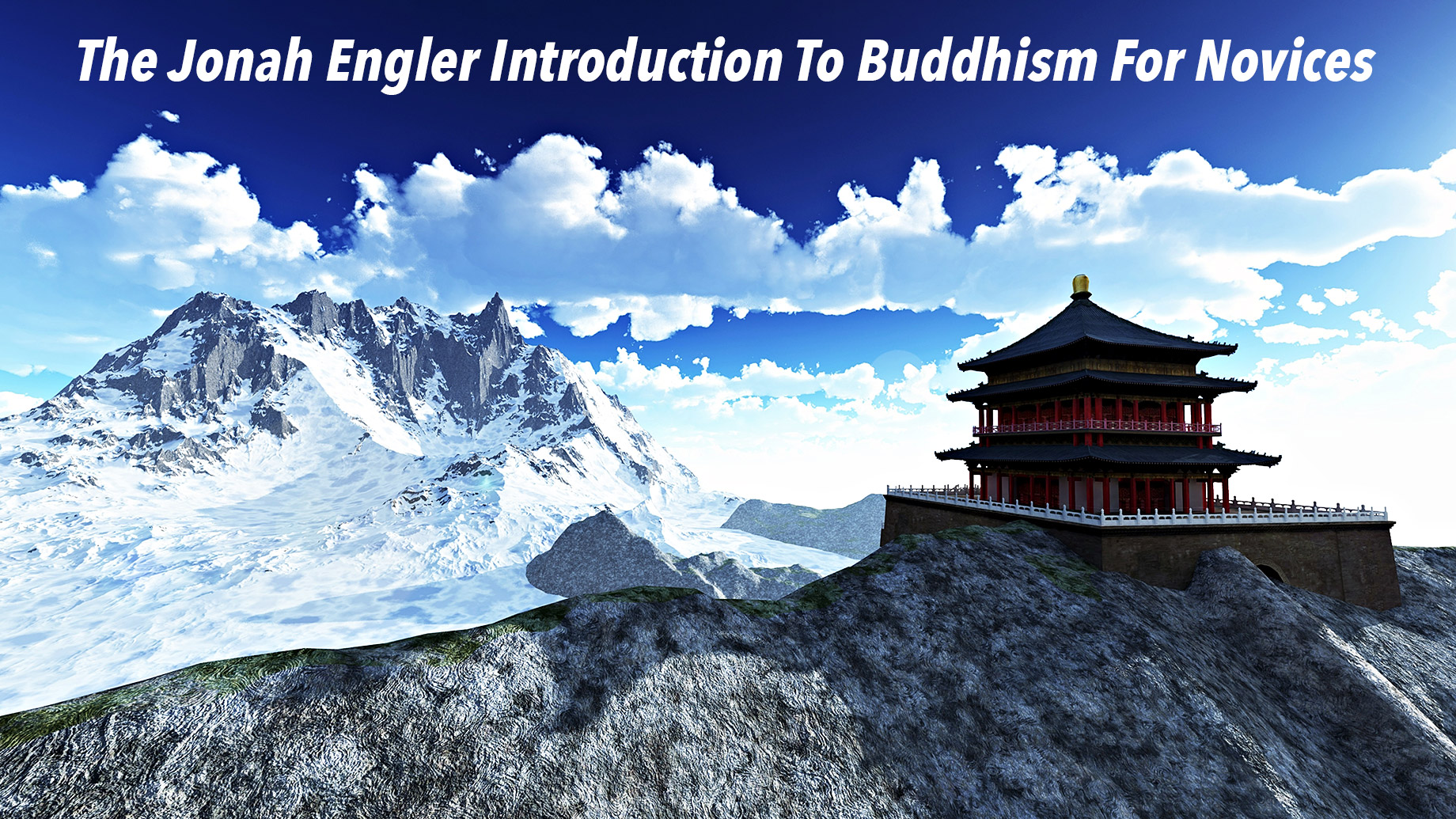
According to many, Buddhism is more of a philosophy than a conventional religion. The reason is that it does not prescribe the worship of a God or an all-powerful creator. Buddhism focuses more on how to achieve enlightenment. Most people know Buddhism is born of the experiences and teachings of Gautama Buddha, who became the first person to achieve enlightenment in the 6th century BC but very little more. Some of the core aspects of Buddhism are explained for beginners:
Enlightenment
Legend has it that Buddha, leaving behind a comfortable life and family, meditated hard, and delved deep into his super-consciousness to attain enlightenment or nirvana. It is difficult to explain the concept of nirvana. You can get some idea of what it is by thinking of a state when you become peaceful, all-knowing, wise, achieve profound love and bliss, and absolute fulfillment. According to Jonah Engler, every follower of Buddhism tries to experience a few glimpses of the experiences of Buddha and know what enlightenment means.
Physical Representations of Buddha
Even though practitioners of Buddhism endeavor to achieve enlightenment by following the path shown by Gautama Buddha and do not believe in idol worship, they also find it comforting to have physical reminders of their goals and objectives. It has given rise to many statues, figures, icons, and symbols representing the physical form of enlightenment that constantly remind of Buddha’s presence and qualities. Buddhists revere the image of Buddha as a tribute to his greatness, wisdom, benevolence, and compassion but do not worship him.
The Four Noble Truths
The discovery of Buddhism for novices often starts with knowing about the Four Noble Truths, saysJonah Engler. According to believers, these truths represent the first teachings imparted by Buddha, though historically, it has been proved incorrect. The Four Noble Truths are dukkha or suffering, the cause of dissatisfaction or suffering, the end of suffering, and ending dukkha. The four Noble Truths underline that suffering is a fact of life and identifies its causes. They also tell us that you can end suffering and how you can do it.
The Noble Eightfold Path
The fourth of the Noble Truths is especially important since it shows how people can end their suffering. The path contains eight distinct factors people should attempt to cultivate but not necessarily in sequence. The eight factors all Buddhists need to cultivate and practice continually are Wise Thought, Wise Intention, Wise Speech, Wise Action, Wise Effort, Wise Livelihood, Wise Concentration, and Wise Mindfulness.
Adaption to the Modern Way of Life
Traditionally in the eastern cultures where it took birth, Buddhism is male-dominated, and only monks who withdraw from daily life practice it. However, even since it found favor in the West, Buddhism has evolved. Nowadays, the male-domination and the hierarchical system are largely dismantled. Men and women both practice Buddhism without isolating themselves from the real world.
Conclusion
Buddhism teaches tolerance as its core philosophy. It also relies on the Four Noble Truths and the Noble Eightfold Path to show individuals how to improve themselves and progress to attain enlightenment. Essentially, Buddhism is all about following the footsteps of Buddha to reach nirvana.